Rail transportation has long been heralded as one of the most efficient and environmentally friendly modes of transportation. However, as the world grapples with the pressing challenges of climate change, the rail industry is also evolving, integrating cutting-edge innovations to further reduce its environmental impact. We’ve taken a look at the requirement for more sustainable rail solutions.
The Need For Sustainable Rail Solutions
The transportation sector is a significant contributor to global greenhouse gas emissions. According to the International Energy Agency (IEA), transportation accounts for 24% of global CO2 emissions from fuel combustion, with road vehicles making up the largest share. Rail, already a low-emission transport option, has the potential to become even greener through technological advancements and innovative practices.
Driving Innovation With Sustainable Rail
Electrification And Renewable Energy
Electrifying rail networks is a key step towards reducing dependence on fossil fuels. Many countries are investing in the expansion of electrified rail lines which offer the dual benefits of lower emissions and improved energy efficiency. Integrating renewable energy sources, such as solar and wind power, into the rail energy mix can significantly cut down on carbon emissions. For instance, the Dutch rail system has achieved a milestone by powering all its electric trains with wind energy since 2017.
Hydrogen Fuel Cells
Hydrogen fuel cell technology is emerging as a promising alternative for non-electrified rail routes. Hydrogen-powered trains produce zero emissions, emitting only water vapor and heat. Companies like Alstom have pioneered hydrogen trains, such as the Coradia iLint, which are already in service in several European countries. These trains are particularly advantageous for rural and regional lines where electrification may not be economically feasible.
Battery-Powered Trains
Battery-powered trains offer another clean solution for reducing rail emissions. Advances in battery technology have enabled the development of trains that can run on batteries for extended periods. These trains can be charged during stops at stations equipped with charging infrastructure, ensuring seamless and efficient operations. For example, the UK is trialing battery-powered trains on short routes (such as Kirkby to Headbolt Lane in Liverpool, a 1.3km route) to assess their viability as a sustainable option.
Regenerative Braking
Regenerative braking is a technology that captures and stores the energy generated during braking. This energy can be reused to power the train or fed back into the grid, reducing overall energy consumption. Since being invented in 1967 by AMC, this system was populorised in motorsport and has since made its way into many hybrid production road cars. Many modern trains are equipped with regenerative braking systems, making them more energy-efficient and sustainable.
Lightweight Materials And Aerodynamic Designs
The use of lightweight materials and aerodynamic designs in train manufacturing can significantly reduce energy consumption. Lighter trains require less energy to move, while streamlined designs minimize air resistance, enhancing fuel efficiency. Innovations in materials science, such as the development of high-strength, lightweight composites, are contributing to the creation of greener rail vehicles.
Digitalisation and Smart Technologies
Digitalisation is transforming the rail industry, offering opportunities to enhance efficiency and sustainability. Smart technologies, such as predictive maintenance, real-time monitoring, and advanced data analytics can optimize train operations, reduce downtime, and improve energy efficiency. Intelligent traffic management systems can also minimize congestion and delays, leading to smoother and more efficient rail services.
The rail industry stands at the forefront of sustainable transportation, with numerous innovations paving the way for a greener future. Electrification, hydrogen fuel cells, battery-powered trains, regenerative braking, lightweight materials, and digital technologies are transforming rail systems worldwide. We are excited to witness and contribute to this evolution, championing sustainable rail solutions that not only reduce environmental impact but also enhance the efficiency and reliability of rail transportation.
As we move towards a more sustainable future, the rail industry’s commitment to green innovations will be instrumental in achieving global climate goals. By embracing these advancements, we can all ensure that rail continues to be a vital and eco-friendly component of the world’s transportation network.
Our platform’s comprehensive features inspire data confidence by ensuring data accuracy, consistency, and reliability. By integrating advanced technologies and providing robust risk management tools, Rail BI enables the rail industry to make informed, confident decisions that enhance operational efficiency and safety.
Rail BI empowers operators to optimise operations and make better data-driven decisions. For more information about our platform and to see how using business intelligence can significantly improve your planning for rail maintenance, upgrades and more, contact one of our team today for a demo of our rail planning platform
